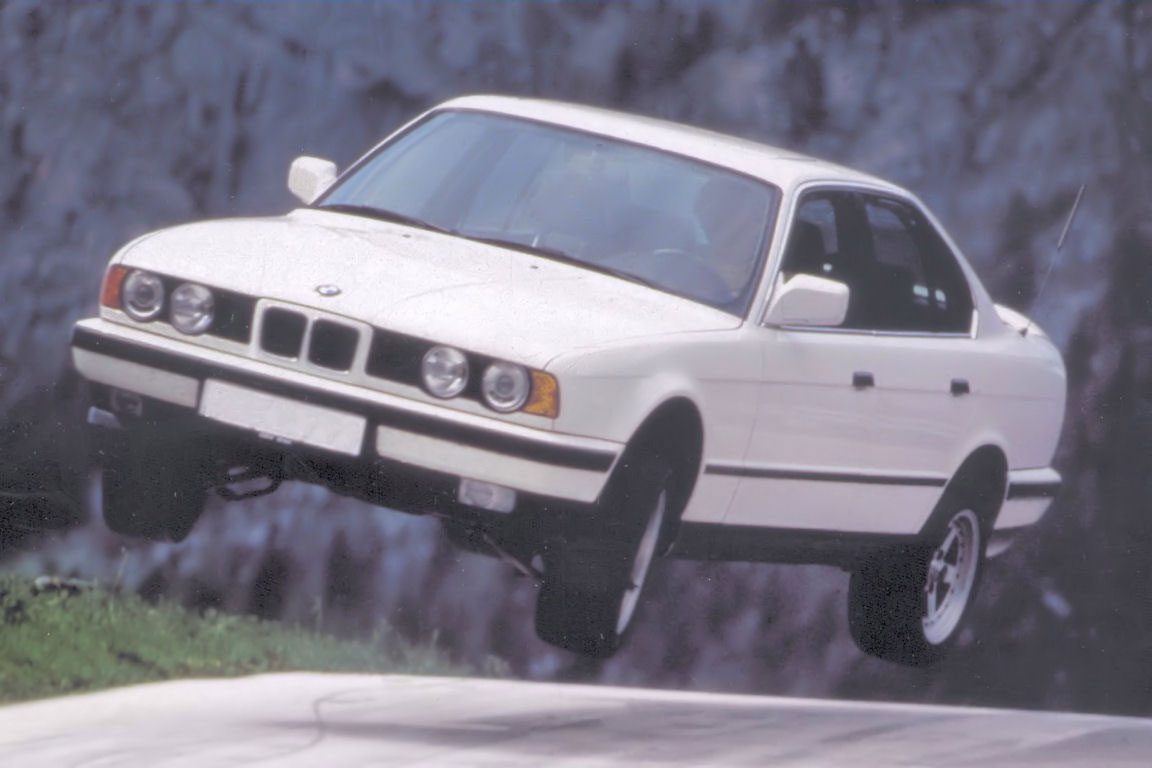Eh! you're not very polite. 👎
I know what I'm talking about, but you don't understand me or you don't want to.
Centrifugal force is the result of the inertia force when a centripetal force is applied to an object in movement, if there wouldn't be a centrifugal force when in motion, this would lead us to a fictional world without inertia, that's why I posted those weird statements.
Have a nice day!
No, I'm not very nice because you do not understand that centrifugal force, as you describe it, is a fiction. There is no such thing as "inertia force", inertia is the resistance of an object to change it's momentum. The entire motion of the object is described by it's momentum, it's inertia and the centripetal force applied. No centrifugal force, unless you're talking about
reactive centrifugal force which is negligible in the cases we're talking about, and no "inertia force".
Having no centrifugal force means nothing in particular, and it certainly doesn't result in a "world without inertia". If you choose your reference frame appropriately, there's simply no need for a fictional force.
From Wikipedia, where you should have done your homework:
Centrifugal force is the
apparent force that draws a rotating body away from the center of rotation. It is caused by the
inertia of the body as the body's path is continually redirected. In
Newtonian mechanics, the term
centrifugal force is used to refer to one of two distinct concepts:
an inertial force (also called a "fictitious" force) observed in a non-inertial reference frame, and a
reaction force corresponding to a
centripetal force.
You are talking about the "inertial force", which is a fictitious force used to make non-inertia reference frames function. It's entirely imaginary. There is no actual force there.
I don't see why you would insist on working in a rotating reference frame. Is it somehow easier to treat the vehicle as stationary and have forces acting to move the entire world around it? Rotating reference frames only work when what you're interested in is entirely inside the reference frame. I don't think anyone is much interested here in the physics of how the driver is pushed against his seat, or how his drink spills over. The interesting interaction is between the car, which is "rotating", and the road, which is not. Which of these is easier to define as the reference frame, the car or the road?
If you'd like to explain why a rotating frame of reference is preferable, be my guest.
Why is a non-rotating frame preferable? Because it's a damn sight easier to calculate forces on a car of known mass and dimensions than it is to calculate forces on a road, attached to a planet. Strictly, said planet is also a rotating frame of reference but it is assumed that an contributary forces from rotation are negligible, and so it can be treated as an inertial frame.
Sounds reasonable.
I do have a small "but" though;
What if PD really did do their homework properly, when working with KW and Yokohama? If so, suspension and tyres are working accordingly. So what is wrong then? Weight transfer? Or is it because PD has kept some old "fudge" coding that doesn't work with new tyre and suspension model?
Whatever it is, it's frustrating!
I would say the suspension isn't working properly, because that's the part of the car that should be controlling the camber angle and how it varies. It's odd, because they're obviously calculating the attitude of the car graphically, so the information about the relative positioning of the car and road surface
has to be there. It's simply not being used to modify the grip of the tyres.
It's possible that the tyres wouldn't work properly either if put into a system that
did do camber properly, but it's impossible to know. Longitudinal weight transfer works in GT6, at least to some extent, so I doubt that they got that right but not lateral weight transfer. It should be the same code, really, there's no reason to separate out longitudinal and lateral.
Honestly, there's reasonable evidence that Gran Turismo's tyre model is pretty rudimentary. The fact that it was a simple grip multiplier in GT5 made all sorts of cars with tyres of staggered widths drive pretty poorly. They appear to have fixed that in GT6, but I doubt that they went further than simply scaling the grip by the width of the tyre.
Tyre pressures should be a basic part of any tyre model, because they're a simple modification of the "squish" factor that describes the contact patch. If you have sidewall flex, they're an important part of that too. That Gran Turismo doesn't have tyre pressure leads me to suspect that they don't have a "squish" factor describing the contact patch, and that if the tyres were actually presented at an angle to the tarmac they wouldn't work. Camber is probably just another grip multiplier, a negative one, rather than a physical modification of how the tyres contact the road and allowing the repercussions of that propagate through the physics system.
All speculation, and I could be wrong. PD made a lot of fuss about their collaboration with KW and Yokohama, but we're yet to see much out of it. The driving feels good, but there's very little that would actually demonstrate that the tyre or suspension models are very advanced. For all we know it's the driving equivalent of a really great dish of pasta. Delicious, but pretty basic.





